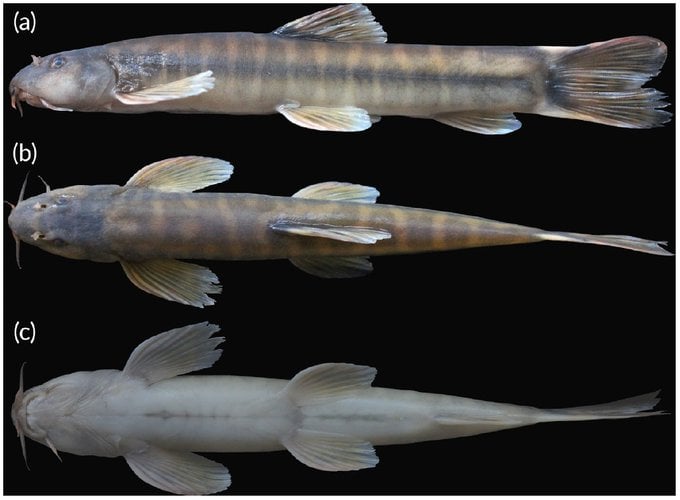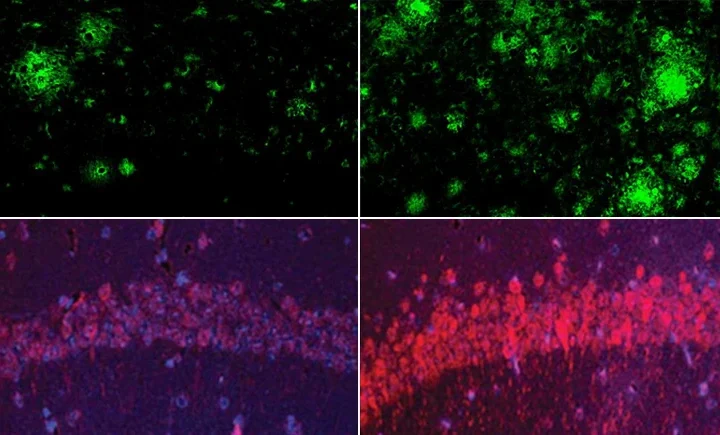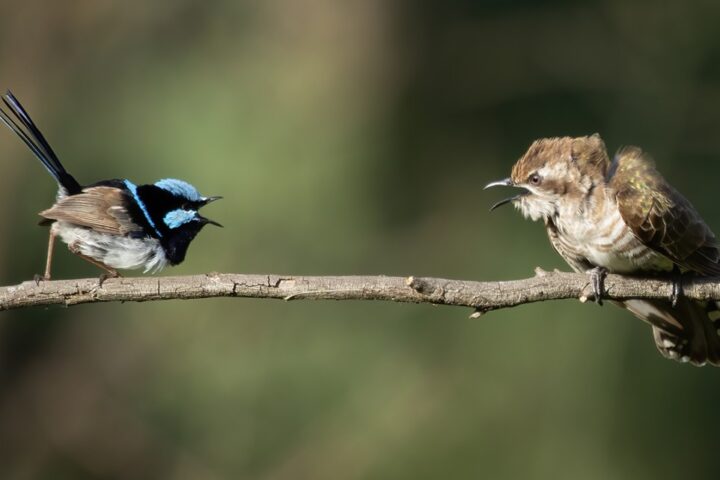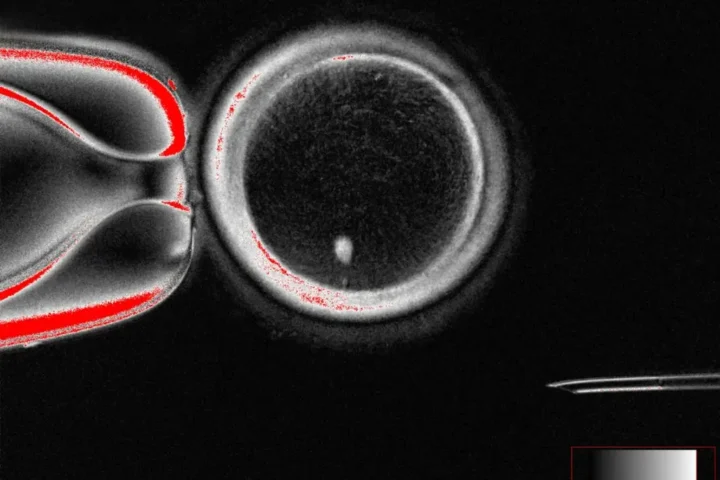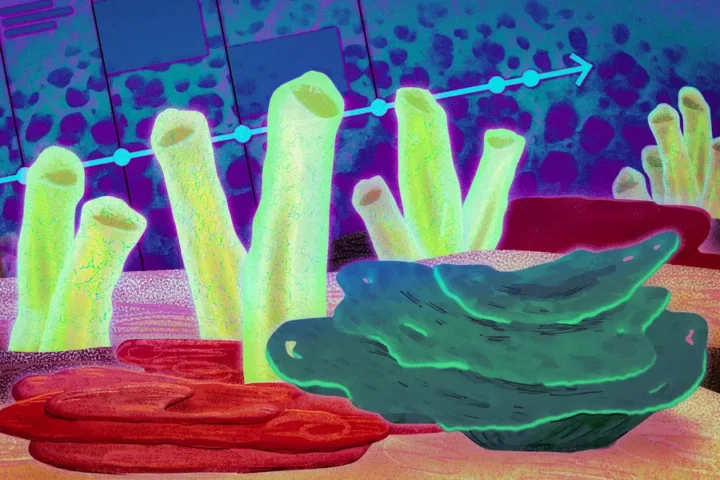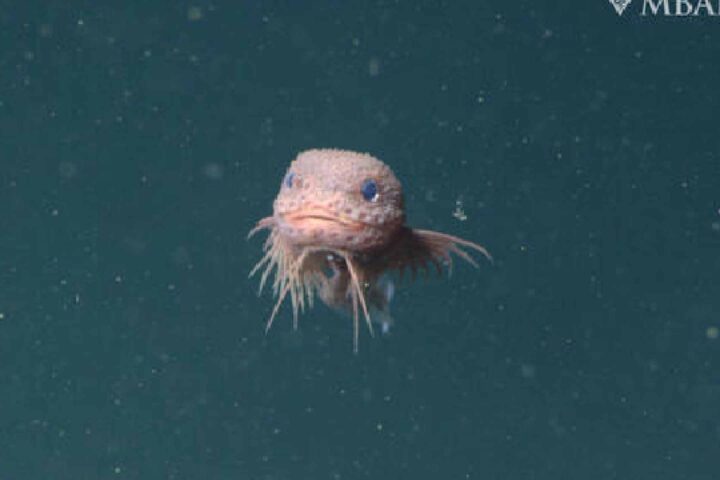A new species of fish discovered in a remote Meghalaya cave is baffling scientists by breaking the rules of evolution. Unlike typical cave-dwelling creatures that lose their eyesight and color in permanent darkness, this fish has kept both features intact.
Named Schistura densiclava, the fish was found by researchers from Gauhati University, Lady Keane College in Shillong, and the ICAR-National Bureau of Fish Genetic Resources in Lucknow. Their findings were published in the Journal of Fish Biology.
“This discovery highlights the untapped biodiversity thriving in Meghalaya’s underground ecosystems,” said Professor Dandadhar Sarma, Head of Zoology at Gauhati University. “It’s the ninth new fish species we’ve described from Northeast India, and the sixth known cave-associated fish from Meghalaya.”
Breaking the Rules
Most animals living permanently in caves evolve to lose features they no longer need in darkness. Eyes and body color typically disappear over generations because they serve no purpose without light. Yet Schistura densiclava has kept both.
The fish sports a pale yellow-green body with 14-20 bold black bars and a distinctive thick stripe near its dorsal fin – the feature that inspired its scientific name (“densiclava” means “thick stripe” in Latin).
This unusual combination of traits places it in a special category called “troglophile” – a creature that can live in caves but hasn’t fully adapted to underground life. However, researchers found the fish only in a cool stream about 60 meters inside Krem Mawjymbuin cave, suggesting it might be in the early stages of evolving into a true cave-dweller.
Males vs. Females
The researchers noted clear differences between male and female fish. “Males are slimmer with irregular patterns and puffier cheeks, while females are more robust and display more uniform markings,” explained Kangkan Sarma, one of the study’s lead authors. DNA sequencing confirms this is a genetically distinct species, unlike any other Schistura found in the region.
Similar Posts
Harsh Living Conditions
The cave environment where Schistura densiclava lives is challenging. The water temperature hovers around 18°C with low oxygen levels – conditions that would be difficult for most fish to survive in.
To cope with limited food sources, the fish eats whatever it can find: tiny crustaceans, insect parts, and even bat droppings. This adaptable diet shows how the fish has learned to survive with scarce nutrients.
Pristine Habitat at Risk?
Researchers were struck by the unspoiled condition of Krem Mawjymbuin. There were no visible signs of human disturbance inside the cave. The cave’s remote location, seasonal access limitations, and surrounding forest have kept it largely untouched by tourism or development.
However, recent discussions about reopening the cave for religious purposes during certain periods highlight the delicate balance between human access and protecting this unique ecosystem. The Central Puja Committee has appealed to reopen the cave for devotees during “Shravana” (June-July), which could impact this pristine environment.
Scientific Significance
The discovery of Schistura densiclava adds to Meghalaya’s growing reputation as a global hotspot for cave biodiversity. With over 1,700 caves and cave locations documented but only a fraction thoroughly studied, the state likely holds many more undiscovered species.
This fish offers a rare opportunity to study the early stages of cave adaptation. It helps us understand how species gradually evolve to life in permanent darkness.

Assam’s Education Minister Ranoj Pegu celebrated the finding on social media, calling it “a proud moment for Northeast India’s scientific community.”
As scientists continue to explore Meghalaya’s vast network of caves, Schistura densiclava stands as a reminder that even in the most remote corners of our world, life finds a way to adapt and survive – sometimes by breaking all the rules.
